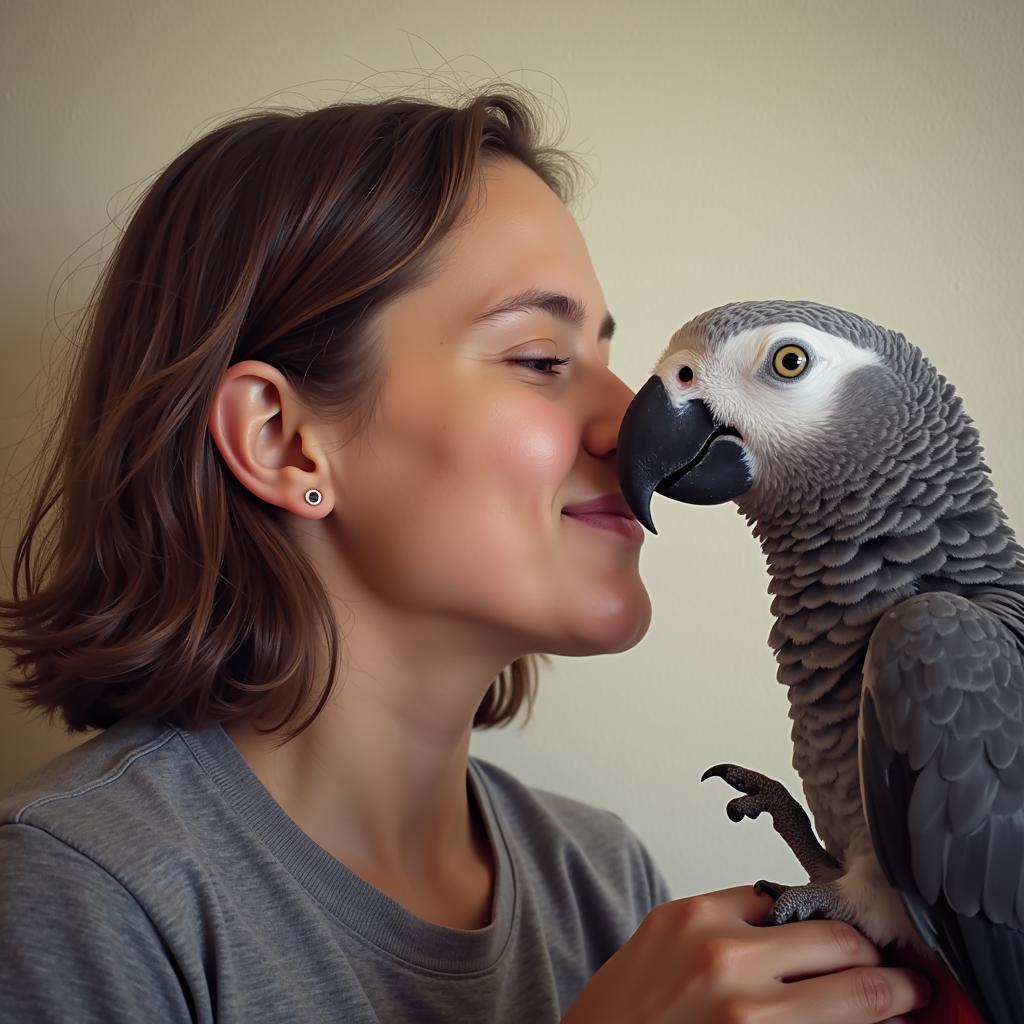Exploring the Rich Tapestry of the African Language Wolof
The African Language Wolof is a vibrant and fascinating tongue, spoken by millions across West Africa. More than just a means of communication, Wolof is deeply intertwined with the history, culture, and identity of its speakers. In this exploration, we’ll delve into the origins, linguistic features, cultural significance, and contemporary relevance of Wolof, shedding light on its enduring legacy and global impact.
A Brief History of Wolof: From Ancient Roots to Modern Usage
Wolof belongs to the Niger-Congo language family, specifically the Senegambian branch. Its origins are believed to lie in the Senegal River basin, where the Wolof people, traditionally agriculturalists and traders, established themselves. Over centuries, Wolof spread through trade and conquest, becoming a lingua franca across a vast region encompassing Senegal, Gambia, and parts of Mauritania.
The arrival of Islam in the 11th century had a profound impact on Wolof. Arabic script, known as Ajami, was adapted to write the language, leading to a rich literary tradition. Islamic teachings and legal concepts also found their way into Wolof vocabulary, further enriching its lexicon.
During the era of European colonialism, particularly under French rule in Senegal, Wolof faced suppression. French was imposed as the official language, while Wolof was relegated to the realm of the home and informal settings. However, Wolof proved resilient, and its use continued to flourish, particularly in urban centers.
The Sounds and Structure of Wolof: A Linguistic Overview
Wolof is a tonal language, meaning that the pitch of a syllable can change the meaning of a word. It has a complex system of noun classes, with each class having its own set of grammatical rules. Verbs are highly inflected, with prefixes and suffixes indicating tense, aspect, and mood.
One of the distinctive features of Wolof is its use of consonant mutation. This phenomenon involves a change in the pronunciation of a consonant depending on the sound that precedes it. For example, the word “ndox” (house) can become “mbox” if it follows a word ending in “m.”
Wolof has borrowed words from other languages, reflecting its historical interactions. Arabic, French, Portuguese, and English have all contributed to its vocabulary, adding layers of richness and complexity.
The Cultural Significance of Wolof: Language, Identity, and Tradition
Wolof is more than just a language; it is an integral part of Wolof culture and identity. It is the language of storytelling, proverbs, and traditional ceremonies. Wolof griots, known as “gewel,” are revered oral historians and musicians, preserving and transmitting the rich cultural heritage of the Wolof people through their art.
Wolof values, customs, and beliefs are embedded in the language. Proverbs and sayings, passed down through generations, offer insights into Wolof worldview and philosophy. The concept of “teranga,” which loosely translates to “hospitality,” is central to Wolof culture and is reflected in the language’s numerous expressions of welcome and generosity.
Wolof in the 21st Century: A Language on the Move
Despite facing challenges from globalization and the dominance of French in formal education and government, Wolof is thriving. It is the most widely spoken language in Senegal, and its use is spreading to other parts of the world through migration and cultural exchange.
Wolof is increasingly being used in the media, including radio, television, and film. There is a growing body of literature in Wolof, with authors exploring contemporary themes and issues. The internet and social media have also provided new platforms for Wolof speakers to connect with each other and share their language and culture.
“Wolof is a language that is constantly evolving and adapting,” says Professor Aïssata Diagne, a linguist at Cheikh Anta Diop University in Dakar. “It is a testament to the resilience and creativity of its speakers, who have found ways to keep their language alive and relevant in a changing world.”
Conclusion: Wolof, a Language of Resilience and Cultural Pride
The African language Wolof, with its rich history, vibrant culture, and enduring legacy, stands as a testament to the linguistic diversity and cultural richness of Africa. From its ancient roots to its contemporary relevance, Wolof continues to play a vital role in the lives of millions, connecting them to their heritage, shaping their identity, and carrying their stories into the future.
FAQ about Wolof
-
Is Wolof difficult to learn?
- While the tonal nature and grammatical structure of Wolof can be challenging for English speakers, with dedication and immersion, it is definitely learnable.
-
Where can I find resources to learn Wolof?
- Online platforms, language exchange apps, and universities offering African language courses can be great resources.
-
What are some common Wolof phrases?
- “Nanga def?” (How are you?), “Damaa be na nekk” (I’m fine), “Ba beneen yoon” (See you later).
-
Is Wolof a written language?
- Yes, Wolof is written using both the Latin alphabet and Arabic script (Ajami).
-
What is the future of Wolof?
- With its widespread use and growing presence in the media, Wolof is likely to continue to thrive as a vibrant language.
Need Help?
For any inquiries or assistance, feel free to contact us:
- Phone: +255768904061
- Email: kaka.mag@gmail.com
- Address: Mbarali DC Mawindi, Kangaga, Tanzania
Our dedicated team is available 24/7 to answer your questions and provide support.
You can also explore other articles on our website to learn more about the diverse languages and cultures of Africa.


